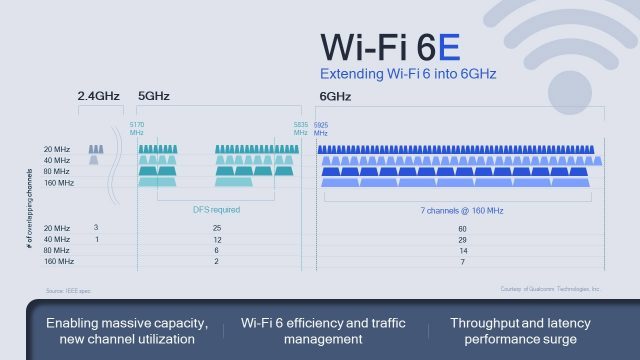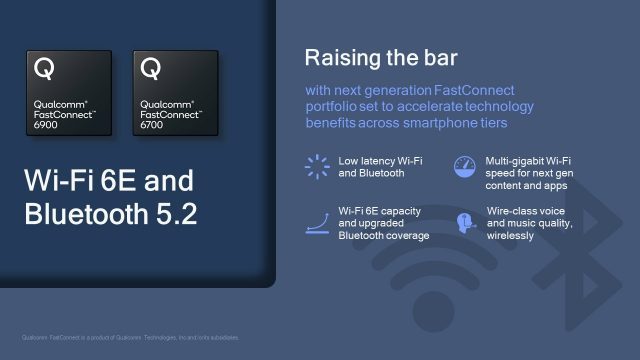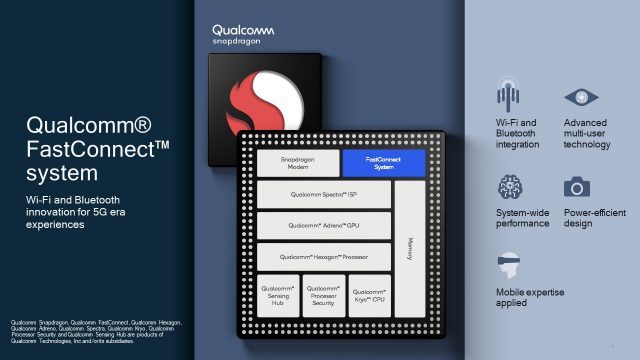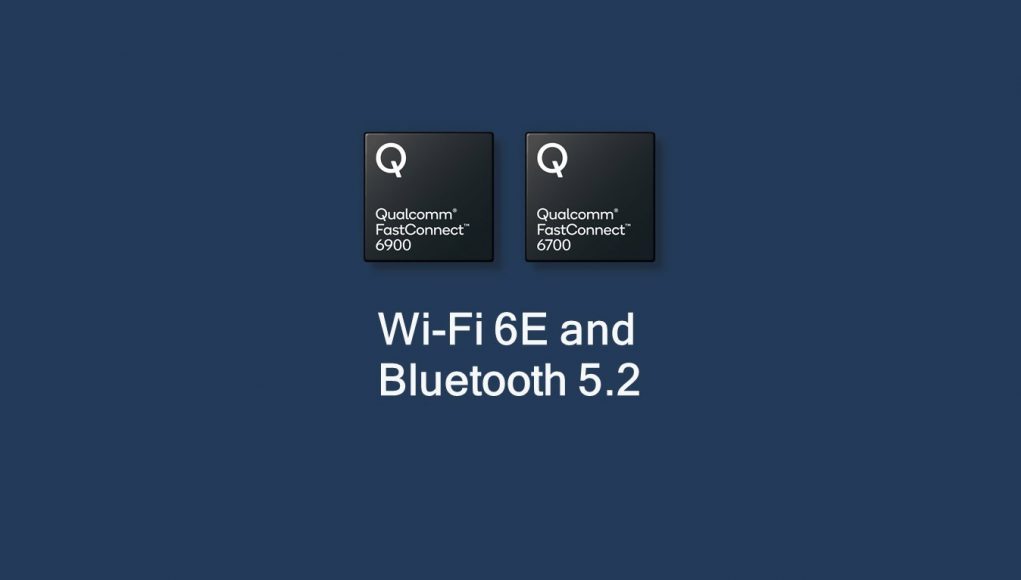Qualcomm today announced new Wi-Fi 6E wireless chips. Designed for mobile devices, the company says the chips support “VR-class latency” for streaming VR over Wi-Fi.
Qualcomm’s new FastConnect 6900 and 6700 chips are designed to bring the latest Wi-Fi 6E standard to Snapdragon-based mobile devices like smartphones and standalone VR headsets. Wi-Fi 6E is an extension of Wi-Fi 6 (802.11ax) which can also tap into 6GHz bands, opening up more channels and bandwidth.

With speeds up to 3.6 Gbps and “VR-class low latency” of “less than 3ms,” Qualcomm says its Wi-Fi 6E chips “provide a strong foundation for this rapidly growing industry segment.”
Of course, that 3ms latency only accounts for the amount of latency that Wi-Fi transmission adds to the equation—so that’s 3ms on top of whatever else your VR rendering pipeline looks like. But, all things equal, 3ms extra should be manageable.

Qualcomm’s new Wi-Fi 6E chips could open two possibilities for VR streaming.
The most practical in the near-term is local streaming from your PC to your headset across your own, local network. The other possibility is remote streaming, where your VR content is rendered in the cloud and delivered over the internet to your router, and then to your headset. In this case there would be more latency on top due to the cloud-to-home transmission.
While it will be some time before the company’s FastConnect 6900 and 6700 chips make it into devices, it’s possible that they could end up in future standalone VR headsets—or smartphones powering VR viewers—which could allow users to stream VR to the headset locally or remotely.

In the near-term, the Snapdragon-ready Wi-Fi 6E chips seem like they would be most applicable to future standalone headsets, like a potential Quest 2. Quest is already has official (wired) streaming from PC to Quest via Oculus Link, and the company has said that it would eventually like to make Oculus Link wireless.
Further down the road, if remote VR streaming becomes viable, standalone headsets could evolve into VR headset ‘thin clients’ which would be entirely reliant on cloud-rendered VR content. Such headsets could save on cost, weight, size, and battery life by using only the hardware necessary for receiving and decoding a VR stream that’s been rendered remotely.







